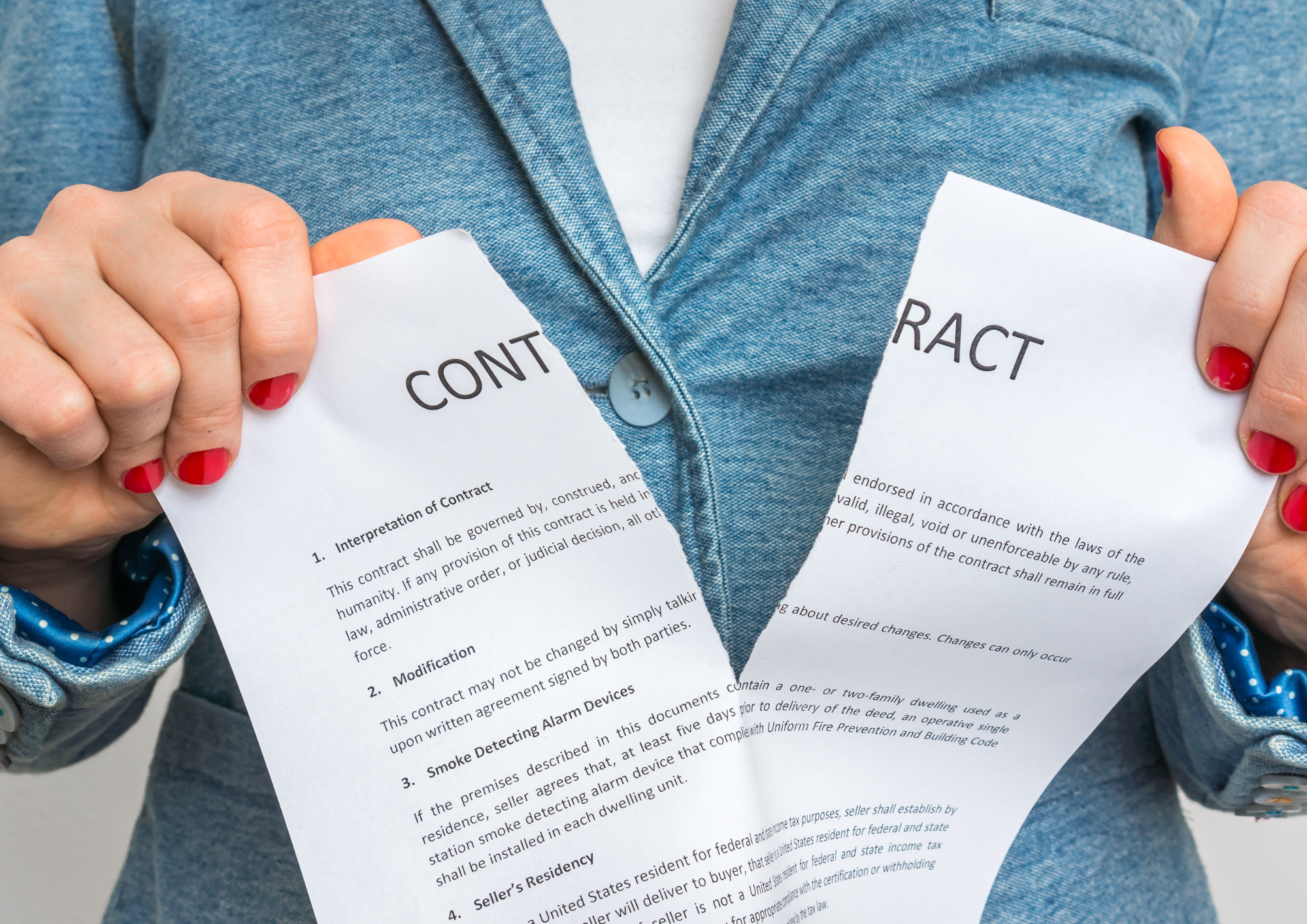Myth-busting: Electronic execution of documents
On this page:
- Myth 1: Electronic signatures are not legally binding
- Myth 2: Electronic signatures can be used in all situations
- Myth 3: Electronic signatures must look like your actual signature
- Myth 4: Parties must sign a document using the same signing method
- Myth 5: A person signing in different capacities must sign separately for each capacity
- Myth 6: Remote witnessing by audio visual link can be used in all situations
- Expertise
- Commercial experts
Electronic execution of documents has become more commonplace, particularly after the experience of lockdowns and remote working during the Covid-19 pandemic.
However, it is still an area where different rules might apply depending on the type of document being executed, who is executing the document and the jurisdiction in which the document is being executed.
Significant changes to facilitate electronic execution of documents by companies were introduced under the Corporations Act 2001 (Cth) (Corporations Act) on 23 February 2022, pursuant to the Corporations Amendment (Meetings and Documents) Bill 2021 (Cth).
Below are some common myths to consider in light of the 2022 changes to the Corporations Act.
Myth 1: Electronic signatures are not legally binding


False (most of the time). Most agreements may be signed electronically under the Electronic Transactions Act 1999 (Cth) (ETA) and the state and territory equivalents. However, the ETA specifically excludes the Corporations Act from its operation. As such, the ETA does not enshrine the ability of companies to electronically sign documents under section 127 of the Corporations Act.
Due to the 2022 amendments to the Corporations Act, similar provisions to the ETA electronic signature provisions now apply to companies under section 110A of the Corporations Act. Under section 110A, a company, or a person signing on behalf of a company, can execute any document (including deeds) by signing an electronic form of the document using electronic means.
The method of signing must:
- identify the signatory;
- indicate the signatory’s intention to be bound; and
- be as reliable as appropriate for the circumstances.
Notwithstanding the above, there are still some exceptions to be aware of where electronic signing might not be permitted or practical in the circumstances. These are discussed below (see Myths 2 and 6).
Myth 2: Electronic signatures can be used in all situations


False
If the document being executed is a deed and is to be executed by an individual or entity other than a company (for example, an incorporated association), then it might be necessary to sign a physical form of the document by hand depending on the relevant jurisdiction.
In New South Wales, Victoria and Queensland, electronic execution of deeds is expressly permitted under legislation (see Conveyancing Act 1919 (NSW) section 38A, Electronic Transaction (Victoria) Act 2000 (Vic) section 12A and Property Law Act 1974 (Qld) section 46D).
In all other states and territories, electronic signing of deeds is not expressly permitted (as at the date of this article). However, that position could change in future. The correct current position in these jurisdictions should be checked prior to execution to ensure the method used is valid and binding.
Myth 3: Electronic signatures must look like your actual signature


False
Electronic signatures do not need to look identical to a person’s “wet ink” signature. The signature can be any form of electronic representation as long as the identity of the person signing the document and that person’s intention in respect of the information recorded in the document is clear.
Myth 4: Parties must sign a document using the same signing method


False
For companies, this has been expressly addressed in section 110A(4) of the Corporations Act. Section 110A(4) makes it clear that when executing documents on behalf of a company, a person need not:
- sign the same form of the document as another person;
- sign the same page of the document as another person;
- sign using the same method of signing as another person; or
- sign a form of the document that includes all of the information recorded in the document.
Myth 5: A person signing in different capacities must sign separately for each capacity


False
For companies, under section 110A(5) of the Corporations Act, a person executing documents on behalf of a company who is to sign a document in more than once capacity may sign the document in each such capacity by signing once, provided the document:
- permits the person to do so; and
- states the capacities in which the person is signing the document.
Myth 6: Remote witnessing by audio visual link can be used in all situations


It depends
For companies executing a document by affixing their common seal, the witnessing of the fixing of the common seal can be observed by electronic means under section 127(2A) of the Corporations Act.
For individuals and entities other than a company, where a signature is required to be witnessed, the question of whether the signature can be witnessed remotely will depend on the jurisdiction that applies to the document being signed.
In New South Wales, any document required to be witnessed under New South Wales law (for example, a deed under the Conveyancing Act 1919 (NSW) section 38(1)) can be witnessed remotely via audio visual link under the Electronic Transactions Act 2000 (NSW) section 14G.
In Victoria, witnessing of the execution of deeds is not required by legislation. Remote witnessing in other situations via audio visual link is expressly permitted under the Electronic Transactions (Victoria) Act 2000 (Vic) section 12.
In Queensland, witnessing of the execution of a deed by an individual, partnership or unincorporated association is no longer required (Property Law Act 1974 (Qld) sections 46E and 456G). Execution of a deed by a corporation by common seal may be witnessed by audio visual link (section 46F(3) of the Property Law Act 1974 (Qld)). Affidavits and declarations made under the Oaths Act 1867 (Qld) can be witnessed by audio visual link (see sections 31E and 31J).
In all other states and territories, remote witnessing of signatures is not expressly permitted (as at the date of this article). However, that position could change in future. The correct current position in these jurisdictions should be checked prior to execution to ensure the method of witnessing used is appropriate.
This article provides general commentary only. It is not legal advice. Before acting on the basis of any material contained in this article, seek professional advice.
The author would like to thank Yasmin McBride-Hellewell for her assistance in preparing this article.
Expertise
Over time, your business will change and adapt depending on your financial and commercial goals. It needs flexible legal support. Partner with us - we’re experts at adjusting to change.
Our expert commercial lawyers work with our clients on every aspect of business activity, from front-end strategic advice to transactional work and corporate governance, and we regularly advise in-house legal teams and boards about compliance and governance matters.
Find out more about how our commercial team can help your business to thrive.
Commercial experts
Related Insights
At last… certainty on electronic signatures and virtual meetings

Hybrid or Virtual Shareholder Meetings – one year on

To keep or not to keep – Retention of employee COVID-19 vaccination information






